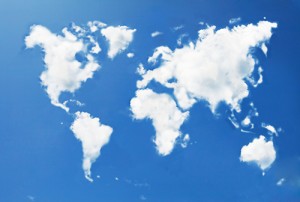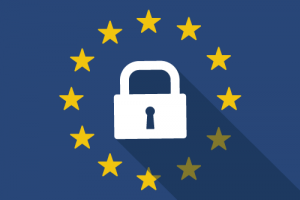 Moscow, Russia city government last week announced that they will move 6,000 government computers off of Microsoft Outlook to a Russian-produced application called MyOffice Mail. If successful, they will move 600,000 more systems next year. Cost savings is cited as one reason for the migration but nationalism is also a big factor. In an interview, Communications Minister Nikolay Nikiforov told reporters “We want the money of taxpayers and state-run firms to be primarily spent on local software.” The Russian prime minister has called for a migration away from foreign software out of security concerns over tensions with the west. Russia is not the only nation and Moscow is not the only city to move in this direction.
Moscow, Russia city government last week announced that they will move 6,000 government computers off of Microsoft Outlook to a Russian-produced application called MyOffice Mail. If successful, they will move 600,000 more systems next year. Cost savings is cited as one reason for the migration but nationalism is also a big factor. In an interview, Communications Minister Nikolay Nikiforov told reporters “We want the money of taxpayers and state-run firms to be primarily spent on local software.” The Russian prime minister has called for a migration away from foreign software out of security concerns over tensions with the west. Russia is not the only nation and Moscow is not the only city to move in this direction.
The internet was meant to be global but from recent announcements and actions it appears we are drawing borders in the cloud. This post is an update to a 2014 post highlighting the beginning of this movement. From recent developments it appears the trend is accelerating.
LiMux—The IT Revolution
Munich also moved to a proprietary platform in October 2013 when they finished the rollout of LiMux, a version of Ubuntu Linux. The almost decade long migration off of older Microsoft systems and applications was marked by the rallying cry “The IT Revolution.” That migration was about cost containment and control. They felt that they could not regulate the pace of required operating system and application updates. The jury is still out on whether this move delivered the intended benefits for the city or whether it has created a bigger headache for the technology department as they deal with compatibility issues. This is an example of reigning in control of technology and storage as traditional vendors move to cloud based systems such as Office 365.
Legal Boundaries
Russia’s data nationalization law requires all personal data about citizens be stored and processed on servers inside Russia. The routing of such data is a point not completely worked out yet. That may be much harder to keep within the borders. Australia has a similar law specifically covering electronic health records of citizens and their storage and transport.
In a 2015 paper published in the Emory Law Journal, the authors highlight a number of countries that implemented regulations to restrict the storage and movement of data inside and outside of borders. Some of these were a reaction to the 2013 NSA surveillance revelations concerning data collection on countries and heads of state. Countries are moving to protect their citizens by regulating at least their portion of the cloud. This will most likely escalate and present difficulties for internet companies large and small.
Thoughts
My objective in this post is to speculate on the future of the cloud. We already have a private cloud and public cloud and now a hybrid cloud. Will these be followed by a Russian cloud, and a Chinese cloud and a U.S. cloud? Will that hamper the open nature of the internet or will it simply serve to provide information security for each nation, state, or municipality just as physical borders provide personal safety? Let me know your thoughts.
Kelly Brown is an IT professional and assistant professor of practice for the UO Applied Information Management Master’s Degree Program. He writes about IT and business topics that keep him up at night.











